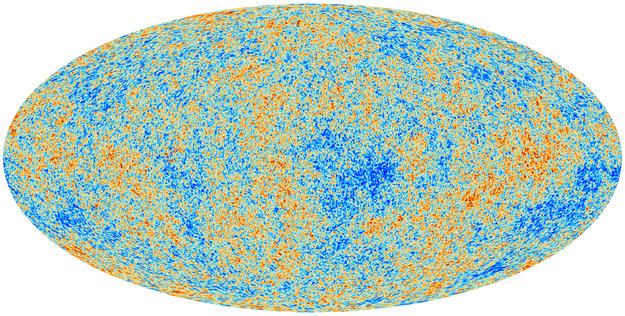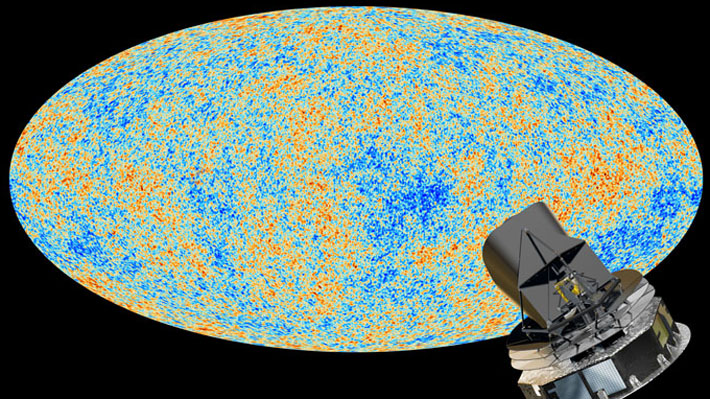Planck satellite results made public
The European Space Agency has released the first results of the Planck space observatory. The satellite, which was launched in 2009, has provided the most detailed image yet of the universe as it appeared just 380,000 years after the Big Bang. CTC members James Fergusson and Paul Shellard are part of the Planck Consortium and have contributed to the recent data release. They are part of the Cambridge Planck Analysis Centre, with colleagues including George Efstathiou at the Institute of Astronomy.
The image shows subtle differences in temperature, the result of quantum fluctuations in the fabric of the universe when it was a tiny fraction of a second old. These fluctuations ultimately led to the creation of stars and galaxies.

The Planck results indicate that the cosmos is expanding at a slightly slower rate than was thought, making it around 13.82 billion years old rather than the 13.7 billion years formerly given for the age of the universe. Planck has also modified our understanding of the fundamental constituents of the universe, with dark matter and ordinary matter making up a rather larger percentage than before and dark energy somewhat less.
The data also offers striking support for the notion of inflation, which has been at the heart of Big Bang cosmology for thirty years. Providing stringent tests of inflation using statistical information from the Planck map has been one of the main aims of CTC work on Planck data, aided by the COSMOS supercomputer. Planck has been able to constrain broad categories of inflationary theories, as well as cosmic strings and textures. It has opened a new statistical window on the very early Universe.
Analysis of the Planck data is due to continue, with the full mission results being released in 2014.
Links to news stories:
Planck reveals an almost perfect universe (European Space Agency)
Planck satellite: Maps detail Universe’s ancient light (BBC)
New images confirm Big Bang theory (Daily Telegraph)
Planck telescope maps light of the big bang scattered across the universe (Guardian)
Links to the Planck scientific papers:
Planck 2013 Papers:
http://www.sciops.esa.int/index.php?project=PLANCK&page=Planck_Published_Papers
Key CTC/COSMOS analysis was a major component in Papers XXIV: Constraints on primordial non-Gaussianity and Paper XXV: Searches for cosmic strings, and there were further contributions in Paper XXIII: Isotropy and statistics of the CMB, Paper XIX: The Integrated Sachs-Wolfe effect, Paper XII: Component separation, and Paper I: Overview of products and results.

Picture credit: European Space Agency
